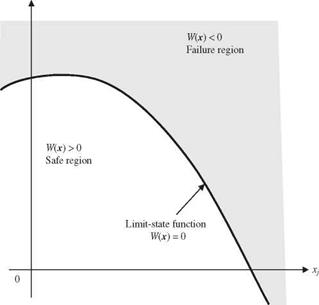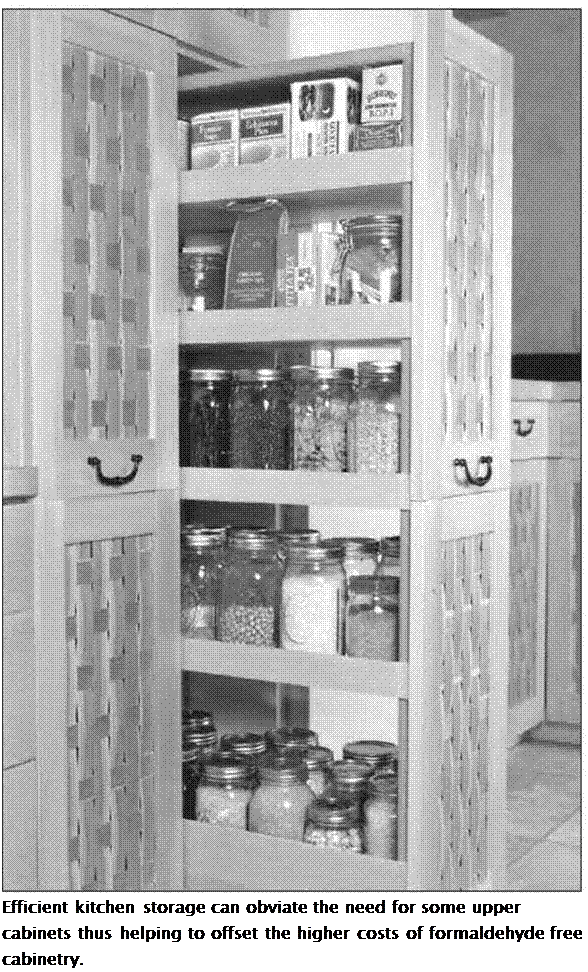Mean-Value First-Order Second-Moment (MFOSM) Method
In the first-order methods, the performance function W (X), defined on the basis of the loading and resistance functions g(XL) and h(XR), are expanded in a Taylor series at a reference point. The second – and higher-order terms in the series expansion are truncated, resulting in an approximation involving only the first two statistical moments of the variables. This simplification greatly enhances the practicality of the first-order methods because, in many problems, it is rather difficult, if not impossible, to find the PDF of the variables, whereas it is relatively simple to estimate the first two statistical moments. The procedure is based on the first-order variance estimation (FOVE) method, which is summarized below...
read more








 composites are used in many finish applications including cabinetry, molding, shelving, and trim. They should not be used in a healthy home. The following maybe specified:
composites are used in many finish applications including cabinetry, molding, shelving, and trim. They should not be used in a healthy home. The following maybe specified: